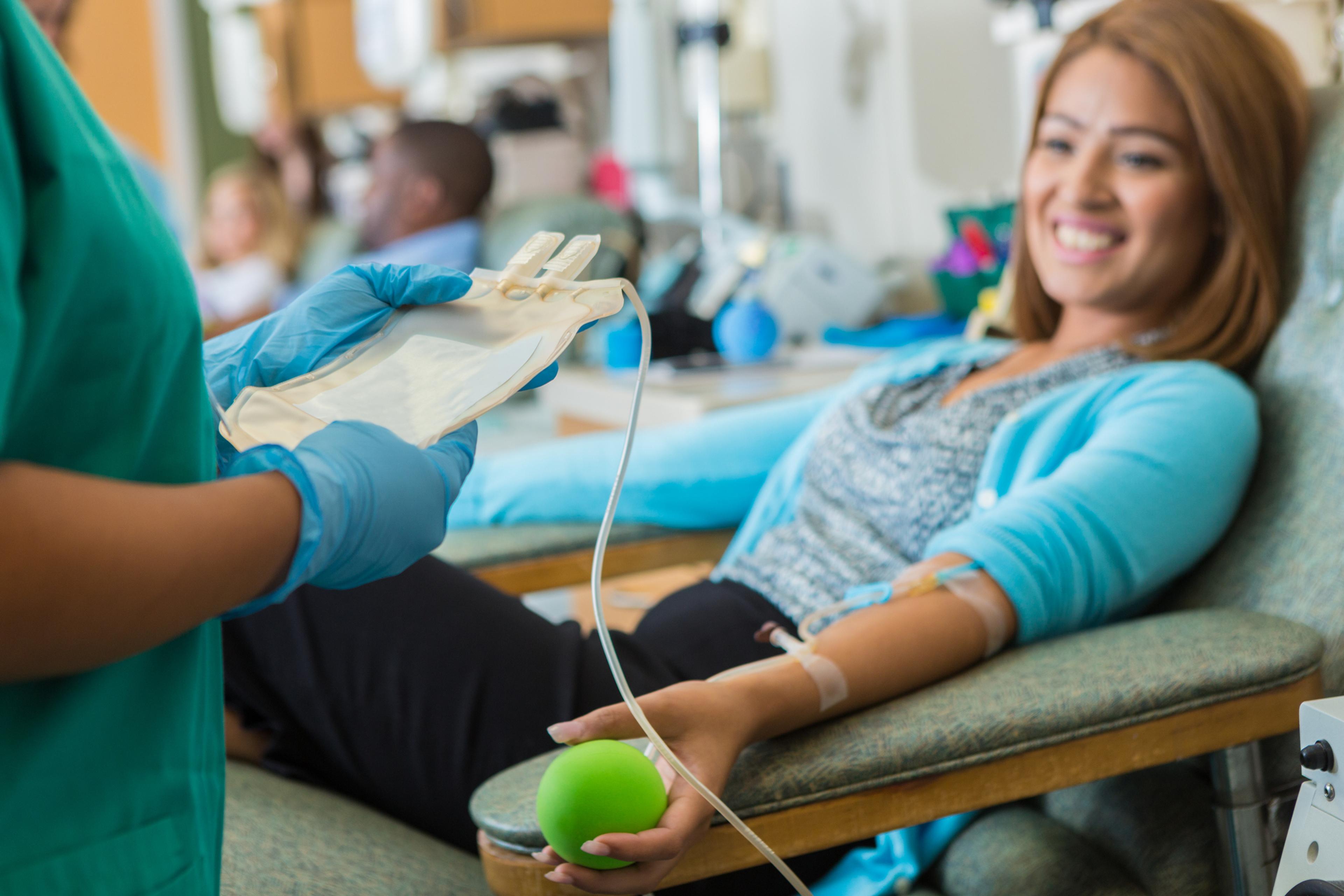What is Acute Chest Syndrome?
Jake Newby
| 4 min read

Acute chest syndrome (ACS) is a serious lung-related complication of sickle cell disease (SCD) that affects nearly half of all patients with SCD, according to studies.
ACS has a death rate of about 4% for adults and 1% for children, according to the Cleveland Clinic, and is one of the leading causes of morbidity, hospitalization and death among children and adults who live with SCD. There is no single cause of ACS, but certain conditions can trigger it. In children, ACS is usually caused by an infection. Most children affected by ACS are between 2 and 4 years old.
Learning about symptoms, management and treatment methods and prevention options can improve the outlook of an individual suffering from ACS. Most people can recover from the condition if they are treated quickly and effectively.
How does acute chest syndrome occur?
The protein in red blood cells that carries oxygen throughout your body is known as hemoglobin. Sickle cell anemia patients produce a different type of hemoglobin called sickle hemoglobin. Normal red blood cells have a round shape and are flexible and smooth, but red blood cells containing sickle hemoglobin are irregularly shape, like a crescent or banana, according to the American Lung Association (ALA).
ACS occurs when these sickle cells block the lung’s small blood vessels, reducing blood flow and the amount of oxygen that travels throughout the body to nourish it. The longer the small blood vessels are blocked, the more damage other organs in the body can incur.
Who is at risk of acute chest syndrome?
A 2023 study listed the following risk factors for ACS in people living SCD:
- Low fetal hemoglobin (HbF)
- Presence of asthma or other hyperreactive lung disorder
- Recent trauma or surgery
- Young age
What are symptoms of acute chest syndrome?
A person with ACS may feel like they are experiencing a pneumonia-like illness, as symptoms between the conditions are similar. They may include:
- Chest pain
- Coughing
- Fever
- Trouble breathing, including the possibility for abnormally rapid breathing (known as tachypnea)
- Wheezing
How is acute chest syndrome diagnosed?
ACS is a medical emergency that should be immediately treated, regardless of age. Diagnosis is based on test results from chest imaging, family medical history and current symptoms, per the ALA. Tests taken can vary based on the person and severity, but they may include:
- A chest X-ray of the heart and lungs (this is crucial in differentiating an ACS diagnosis from pneumonia)
- Blood tests
- Bronchoscopy
- Electrocardiogram
- Ultrasound of the legs to demonstrate blocked blood flow
Acute chest syndrome management and treatment options
ACS treatment typically revolves around these key components, according to studies:
- Antibiotics to treat infections
- Blood transfusions
- Pain control/management
- Intravenous (IV) fluids if patient suffers from dehydration
- Supplemental oxygen
Patients hospitalized with a Vaso-occlusive crisis – which occurs when sickled cells block general blood flow in small blood vessels – may benefit from an incentive spirometer. The ALA states that this device helps patients expand their lungs and breathe deeper and fuller, while preventing areas of lung collapse.
If oxygen therapy doesn’t improve oxygen levels, additional treatments may be needed to prevent respiratory failure, including:
- Noninvasive ventilation
- Intubation and extra corporeal membrane oxygenation (ECMO)
- Hospital admission to monitor oxygen levels and clinical status
- Corticosteroids
- LentiGlobin, a new Food and Drug Administration-approved type of gene therapy
How can acute chest syndrome be prevented?
According to the Cleveland Clinic, individuals with SCD may reduce their risk of acute chest syndrome by:
- Blowing into a bottle frequently to clear airways and reduce fluid buildup around the lungs.
- Exercising regularly to strengthen the lungs.
- Getting regular blood transfusions.
- Taking prescribed medication to reduce pain and avoid hospitalization.
Early recognition and prompt initiation of treatment are associated with lower mortality rates, shorter hospital stays and a reduced likelihood of ACS occurrence. Immediate and proper treatment can prevent complications like acute respiratory distress syndrome (ARDS), kidney injury, liver dysfunction, respiratory failure and many other serious complications.
Photo credit: Getty Images
Related reading:





